
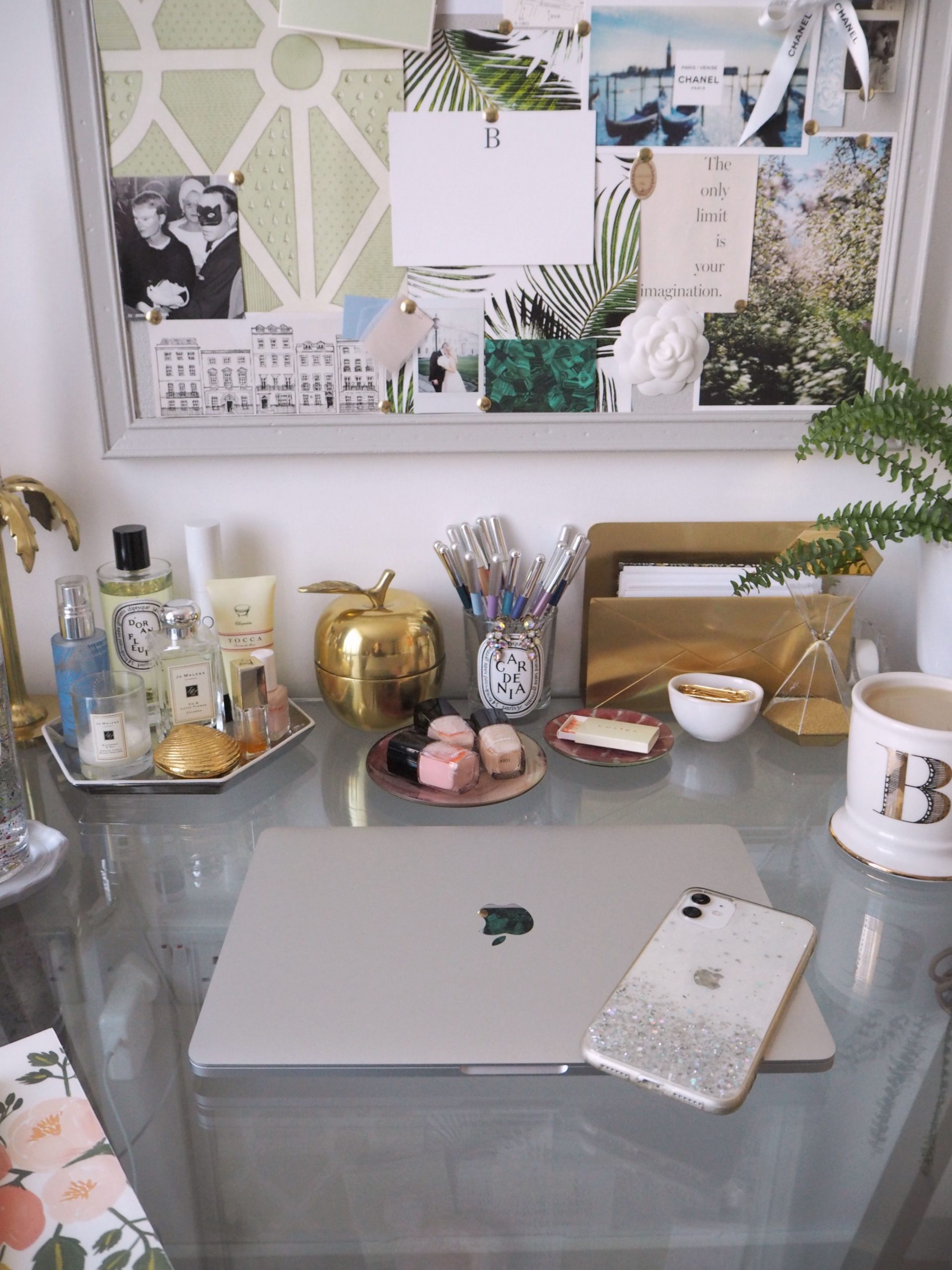
 After all the extra time we’ve been spending indoors the past year, it’s likely we’re growing a little tired of staring at the same four walls and craving a refresh of our homes. Instead of trying to solve our domestic boredom by filling our homes with new things, consider tackling a few organising projects to help you win at adulting, get your sh*t together, and make your home feel brand new (for free).
After all the extra time we’ve been spending indoors the past year, it’s likely we’re growing a little tired of staring at the same four walls and craving a refresh of our homes. Instead of trying to solve our domestic boredom by filling our homes with new things, consider tackling a few organising projects to help you win at adulting, get your sh*t together, and make your home feel brand new (for free).
Below, ten ways I’m (literally) getting my house in order this spring:
Spring clean your whole house
After nearly a year spent at home in quarantine for most of us, it’s time to show our homes some extra love. Starting at the top and working your way down, give your house a really good spruce. Wipe down light fittings and the front of all your cabinets, dust every surface + all the possessions you have out on display, take a magic eraser to all the scuff marks on the walls, clean drains and bathrooms, deep clean your appliances and wash all the windows, launder pillows + bedding and send your duvets to the dry cleaners, move all your furniture back to give your floors + rugs a really thorough clean, and tackle all those little repairs and odd jobs you’ve been putting off forever. I like to make a list of every single task which needs doing in each room, and work through one or two a day for a month until everything is done.
Deep clean your wardrobe
When I’m embarking on my big annual household de-clutter, I always like to spring clean my wardrobe before moving on to other rooms. For me, it somehow feels like the most rewarding organising project (as well as the chore I dislike the least), which then spurs me on to be more ruthless and organised when it comes to tackling all the other areas in my house. Working through one category at a time, take everything out of that section (give each shelf / drawer / hanging rod a clean while it’s empty), go through every single piece you own and be ruthless about only putting back the things you truly love and want to wear. Start with something easy like your sock drawer, and work your way up to the categories you’re more attached to (for me that’s dresses and accessories). A happy wardrobe is one which is filled only with things which makes you feel your best, so stop punishing yourself by keeping and wearing things which don’t serve that purpose and focus on quality over quantity instead.
Clear-out your bookshelf
Much like your style, your reading tastes will naturally evolve with time. So it make sense that just like your wardrobe, you should give your bookshelf an annual clear-out. Take every book off your shelves (or wherever it is you store your reading material), thoroughly dust the shelves themselves with a damp cloth, and consider each book before returning it. Are you ever going to re-read it? If you’ve never read it to begin with, are you realistically going to make time to do so in the next 6 months? Arrange everything you’re keeping by category (bonus points for sorting each category alphabetically or by colour), and donate the rest to friends or your local charity bookshop.
Clear-out your beauty products
For most of us, our makeup will have seen much less use the past year, and we’ve reprioritised where we want to spend our time and money (for me, that means a greater emphasis on skincare and pampering products, and less time and money on makeup and daily hairstyling). Go through all your products and clear-out anything which is no longer serving you, things you’re realistically not going to use again, or anything which has expired. This month, try to focus on using up all your half-empty products before opening anything new, and try to get in the habit of having a more pared-back collection of products you actually love and use regularly. See more of my tips on how to spring clean your beauty collection (+ when to toss something) here.
Be ruthless about your clutter
This month, make a point to go through your entire house and purge every single piece of clutter you can. I like to pick one room per week to focus on, set aside half an hour a day, then just put on a happy playlist, grab a big box (for things to donate or sell) + a garbage bag (for things to toss or recycle) and work methodically through every single drawer, cupboard, and surface to eliminate everything you don’t actually want or need. It might be a stack of books or magazines you never quite got around to reading, the games you never play, or the decorative objects you no longer love. I’m not a minimalist by any means (I love nice things, and lots of them), but I try to be very intentional about the items I keep in my home, and it always feels enormously satisfying to do a twice-yearly purge of the things which I no longer use or love.

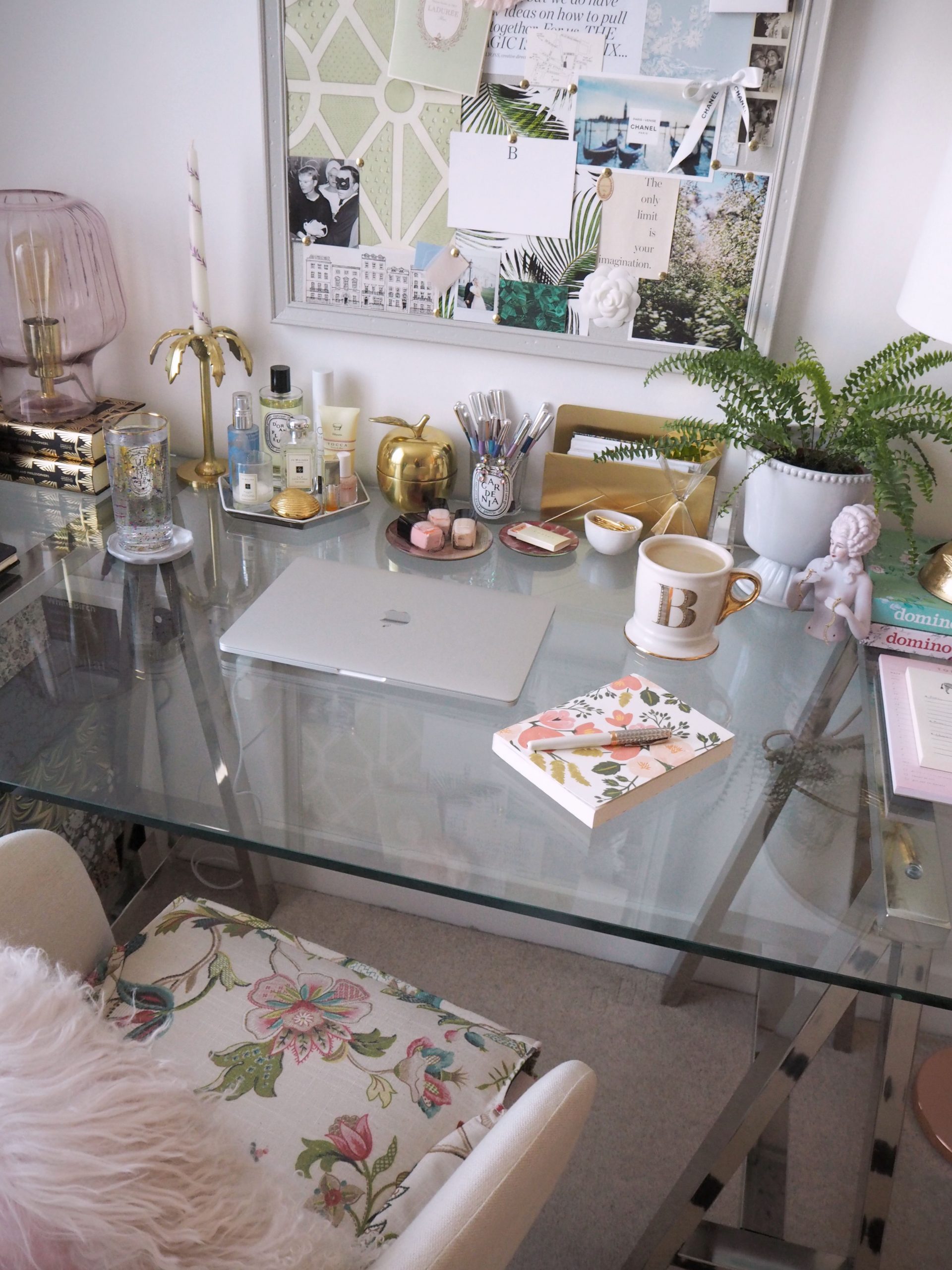
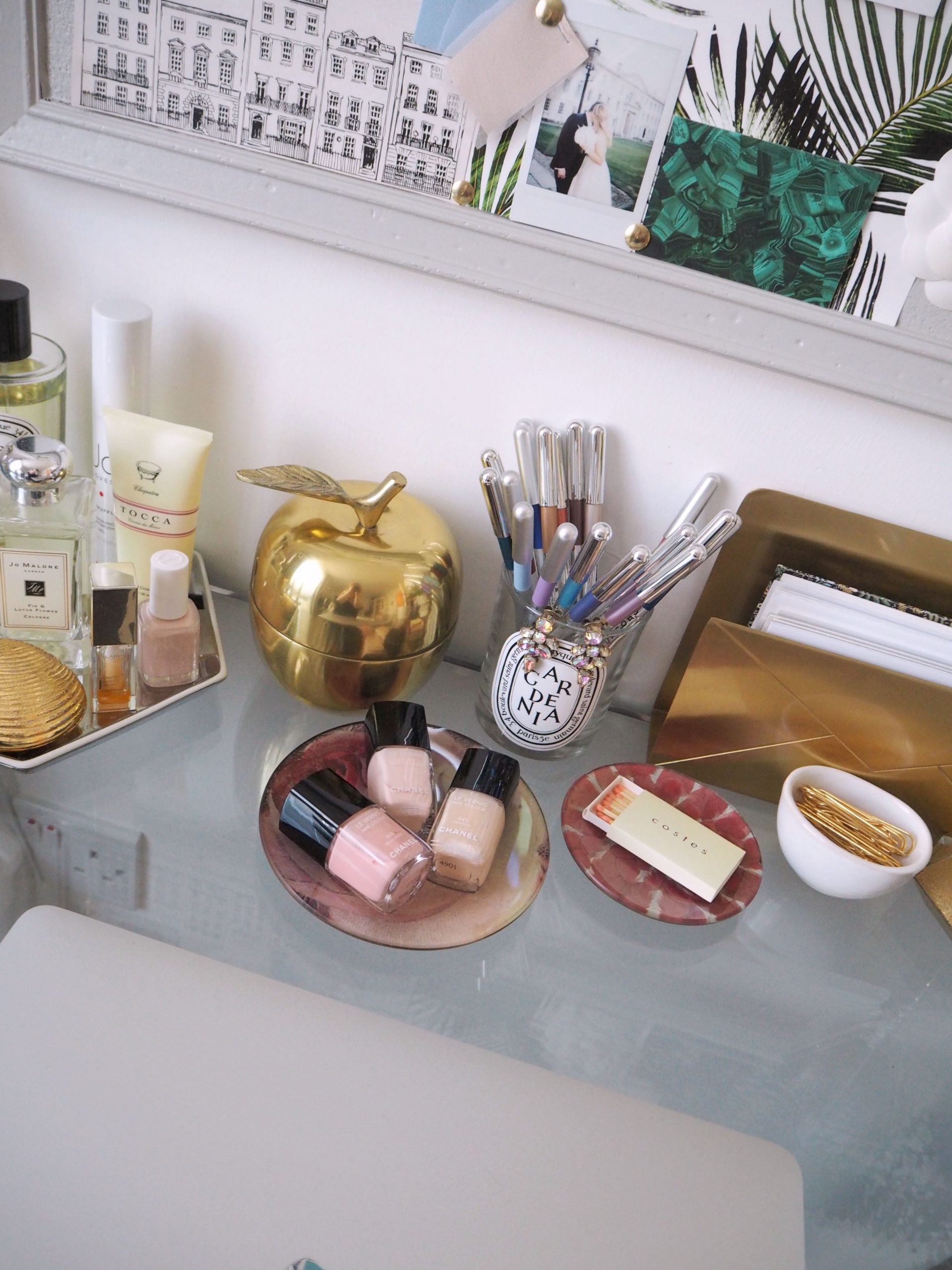 Upgrade your WFH space
Upgrade your WFH space
For most of us, our homes have had to become our daily office over the past year. Since things are unlikely to change much anytime soon, spend an hour or so giving your work from home space a little love. If you have a designated desk or home office (as I’m lucky enough to have), clear every single thing off it and give it a good clean, remove any unnecessary distractions and deal with any random paperwork or clutter that has piled up, and re-style it in a way that is both functional and aesthetically pleasing for you. If you don’t have a dedicated workspace and another area of your house is now serving double-duty (my husband has turned our dining table into his desk), can you upgrade your lighting, add a storage basket (to make it easier to ‘pack your office away’ for the weekend), or add a plant + a few thoughtful details to add a little personality and make it a more inviting space to spend your working hours?
Setup a recycling station
You might have a dedicated bin for your regular household recycling, but what about all the other items which can be recycled rather than sent to landfill? Do you part to minimise your environmental footprint and research things which can be recycled near you. In our house, we take all our old textiles (any old linens, tea towels, worn out clothes, etc.) to H&M where they will give you a voucher for every bag full and donate or recycle every single textile, old electronics and flash drives to the Apple store (who will collect any tech items for recycling), batteries and lightbulbs to the collection bins in a nearby carpark, books to our local charity bookshop, and any empty plastic beauty packaging (which is often not recyclable via your regular council recycling) to our local L’Occitane store (where it is turned into play equipment or other useful items). Set up a few baskets or containers in your utility closet to collect all your charity donations, worn out textiles, shoes, empty beauty products, and old electronics, batteries and lightbulbs. Make a point of dropping them off at the recycling point a couple of times a year (or whenever they’re full).
Designate a home for your important documents
Hopefully we never need to deal with an emergency situation, but it’s good to be prepared. Gather up all your important documents (passports, wills, birth certificate, marriage certificate, deeds to your house / rental agreement, important contracts or financial documents, and details of your insurance policies) and store them in one secure but easily-accessible place where you can access them at a moment’s notice. It’s also a good idea to scan all of them electronically and store them in a password-protected folder where you can access them remotely (I use Dropbox).
While you’re there, spend an hour or two clearing out all your other paper clutter. Round up every document or piece of paper wherever it’s lurking in your house, shred or recycle things you no longer need, switch to paperless billing for all your banking + utilities wherever possible to reduce the amount of papers you need to file + deal with in the first place, and set up a simple filing system where you store all the paperwork you need to keep.
Organise your digital clutter
When was the last time you cleared out all your electronic files? Set aside a few hours to tidy up your computer’s desktop and files, go through all your electronic photos (maybe even save a few to print + frame later), clear out your emails, unsubscribe from any newsletters or podcasts you no longer need to receive, sort through any old disks or flash drives containing random files and transfer these to your computer, delete any apps you don’t use, and unfollow any social media accounts which don’t bring you joy. While you’re there, make sure your phone is set to automatically backup and that you’re regularly backing up your computer to an external hard drive.
Automate the things you do regularly
I feel like we’re all constantly suffering from decision fatigue, with too many things to think about in a single day. Unless you’re blessed with a housekeeper (or even if you are), try to automate the chores and little tasks you regularly have to do so that you don’t even need to think about them. A few of the routines I implement: I clear out my paperwork filing every January (usually when I’m collating all the documents I need to do my tax return), deep clean my closet the first week of January and then do a smaller clean when I do my seasonal wardrobe rotations in April and October, do the dishes and a quick 5 minute tidy up each night before bed, take my vitamins every morning while the kettle boils, put my sheets in the laundry while I clean the bathroom and vacuum the house every Saturday morning, clear out the fridge before our grocery delivery arrives every Sunday evening, and setup direct debits for all my bills (so I never need to remember to pay them). Figure out a schedule that works for you, and try to automate as many of your regular tasks as possible so that they become regular habits rather than one more thing you need to deliberate each day.
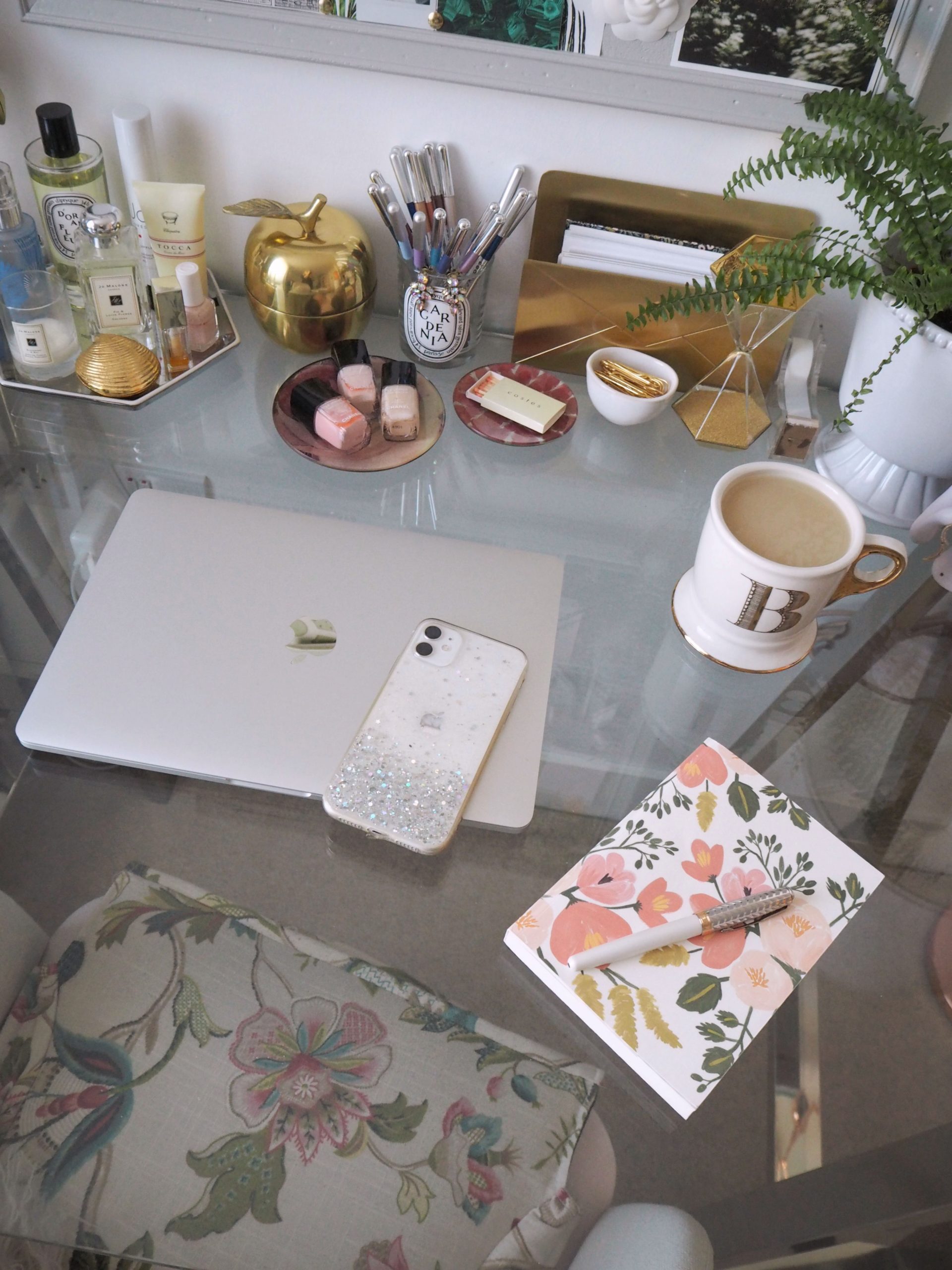
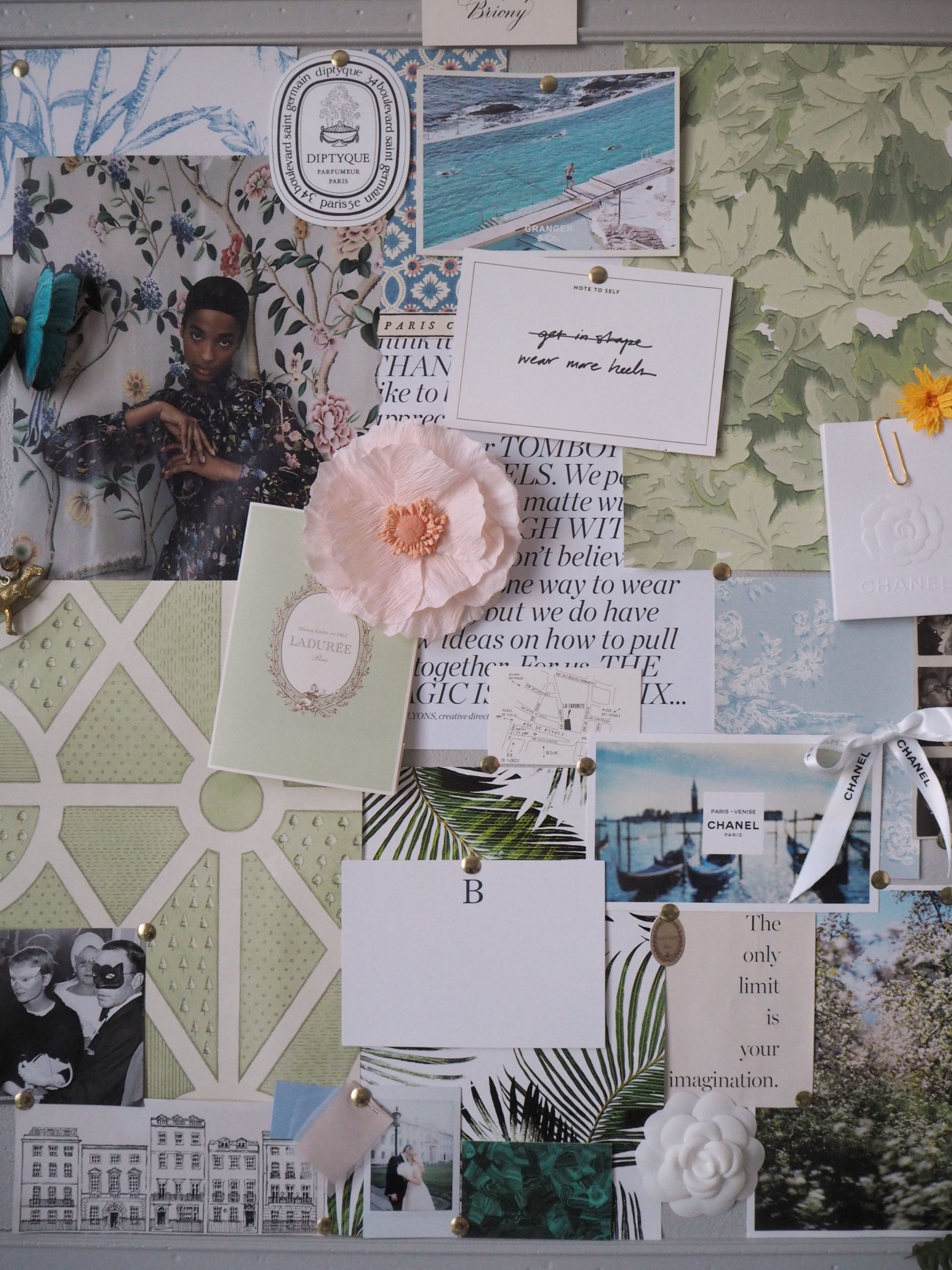
Are you in spring cleaning mode, or just an organising enthusiast (like me)? Let me know your best organisation tips + tricks below!
Love, Briony xx
